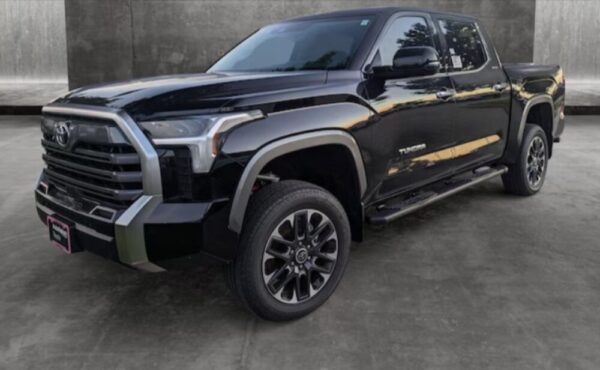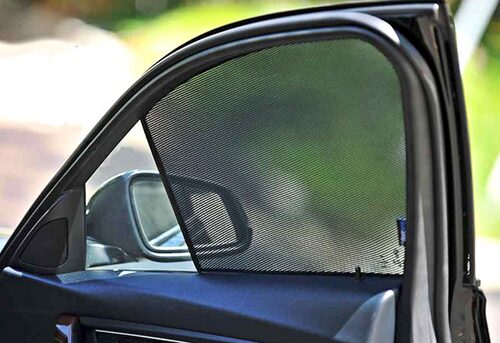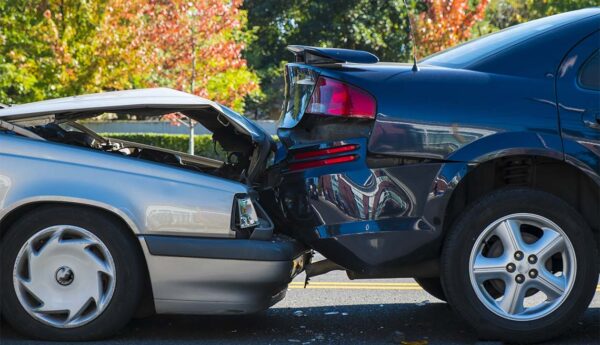You’ve decided to sell your car. Perhaps you’re in the market for a new automobile. Maybe you’re looking for a way to get some money. You wish to be a merchant for whatever reason. Apart from the basics, such as getting your paperwork in order and having your car cleaned and inspected, you’ll need to figure out how to sell it in the most efficient manner possible.
Although selling a car to a dealer can be convenient, a dealership may not necessarily offer the most excellent price for a used vehicle. If you hunt for an independent buyer, you might be able to get more money.
1. Examine the Market
Most efforts require research to be successful, and selling your car bumper wholesale is no exception. You may look out the costs of comparable automobiles in your region by looking through the dealer inventory. That should give you some ballpark figures for the value of your car.
Keep in mind that just because a car is listed for sale doesn’t imply it will sell for that amount. The final price is determined by crucial aspects such as the vehicle’s condition and mileage and seasonal and regional factors.
Particular automobiles, for example, are in higher demand at certain seasons of the year. Nobody wants to buy a convertible or sports car in the dead of winter, but you might get a better deal in the summer. Also, although the demand for SUVs and vans is always high, you’ll earn more money for your automobile if you sell it in a rural location rather than an urban one.
2. Assemble your papers
Although it isn’t fun, documentation is necessary for most transactions. One benefit of selling your car to dealers is that they can handle most of the paperwork for you as part of their car-buying service. However, if you’re selling to a private party, you’re responsible for ensuring that you have all the necessary documents.
A bill of sale, an odometer certification, and the vehicle’s title is among the paperwork you’ll require. Many vendors will also supply a copy of the vehicle’s vehicle history report to potential purchasers.
If you can’t find your vehicle’s title, you’ll need to get a copy from your local DMV before selling it. Sellers who owe money on the car must determine the exact amount of the loan payoff. In this manner, you can deposit the rest of your check after paying off your present loan. The bank may take some time to obtain the title, and it is your responsibility to inform the buyer that they will need to be patient.
![]()
3. Inspect It
Potential purchasers may like to test drive a car to ensure that it is in good working order. Similarly, you may wish to take your present automobile to a dealership or an independent technician for a thorough inspection before advertising it for sale. That way, you can remedy issues like body damage, faulty lighting and mirrors that might otherwise require you to sell for less money.
Before you decide to perform any maintenance or repairs, think about how much value they will bring to your vehicle. Spending $200 to repair a chipped windshield, for example, would be a waste of money if it only increases the value of the automobile by $50. Buyers don’t demand ideal used cars, and you shouldn’t spend a lot of money attempting to make yours perfect.
Investing in new floor mats or replacing worn tires with new ones might help brighten up an older vehicle. When you can demonstrate to prospective buyers that your automobile has been cared for, you can fetch better bids, though you should always consider if you’ll get the money back from the sale that you spent on refurbishing.
4. Detail It
![]()
It is typically worth more when a buyer feels the previous owner took care of the vehicle. You might be able to obtain a better bargain if your automobile is clean than if you sell it as-is. To earn a better price requires more than taking out the garbage or cleaning the chairs. For approximately $100 to $200, you may have your car detailed to return the seats and carpets to as near to their original condition as possible, clean the gaps between the seats, and keep the glass and other interior surfaces spotless. Giving your inside an excellent fresh, clean aroma can help make the car feel clean and leave a positive impression,
5. Decide on how to sell
There are several options for selling your vehicle if you decide to do so. First, determine who will be your buyer. Do you wish to sell to a private buyer, a dealer, or a third-party service? A private-party sale will likely get you the best price, whereas selling to a dealership or used-car emporium will get you less money. If you sell a car for a high price, it will take longer to sell than if you sell one of the less expensive cars on the market.
The fast cash offer is another option to explore. In essence, you supply information about your automobile, and buyers provide an estimate of how much they’re willing to pay depending on that information. It’s a simple approach to get rid of your car. You can use our tool to get started right away and look for cash opportunities.
6. Make Your Ad
Spend some time writing a captivating description of the automobile you’re trying to sell. Keep in mind that your car bumper wholesale will be competing for attention with dozens of others. You’ll want to stand out with a catchy headline, excellent photos, and a comprehensive summary. Consider common areas of concern for many purchasers, such as quality or mileage, if you’re unsure where to begin. You might also start with one of your car’s primary selling features, such as a feature you like.
It would be best if you tell the truth in your ad. If you’re caught lying about your car, your credibility with consumers will vanish, and any possibility of a sale would disappear with it. In addition, it may result in a deal being deemed null and void, forcing you to return the vehicle.
Conclusion
It is strongly suggested that you locate a car dealer who specialises in the condition and makes of your vehicle. Find a dealership that is most interested in selling it since they are more likely to pay you the most money for it. To do so, first, go to a vehicle dealership that offers your automobile brand’s cars. Try another dealer if you don’t like their offer.



